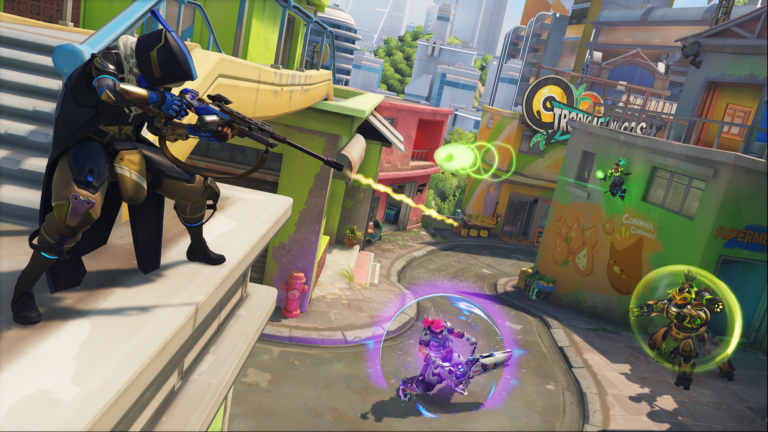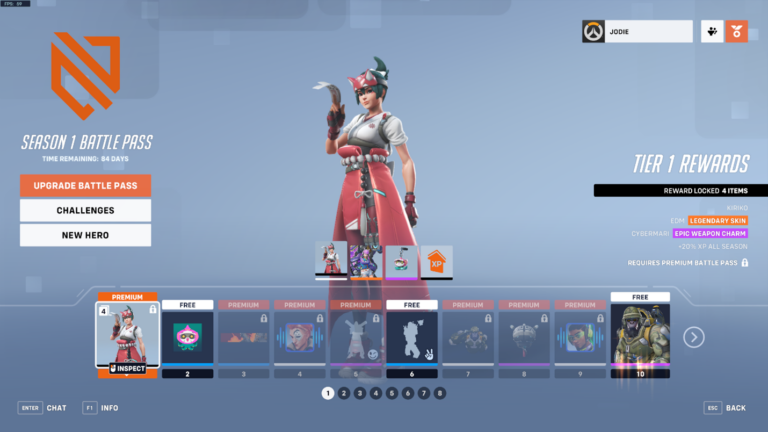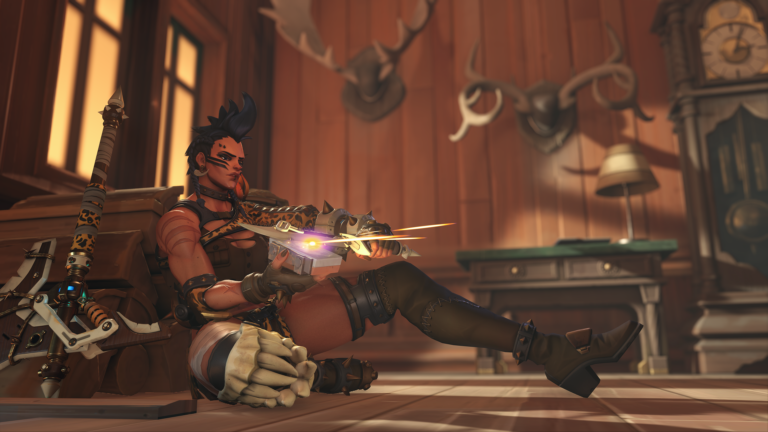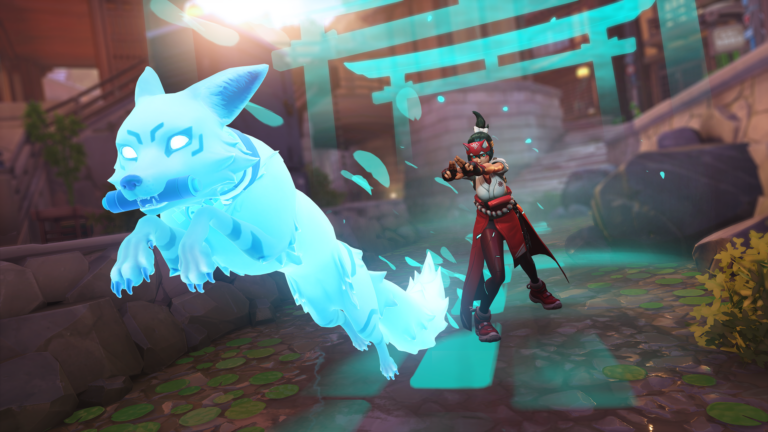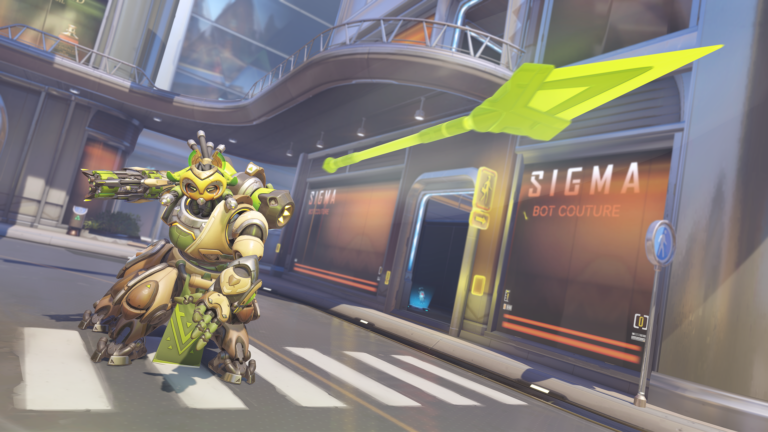Optus Mobile Review ALDI Mobile Review Amaysim Mobile Review Belong Mobile Review Circles.Life Review Vodafone Mobile Review Woolworths Mobile Review Felix Mobile Review Best iPhone Plans Best Family Mobile Plans Best Budget Smartphones Best Prepaid Plans Best SIM-Only Plans Best Plans For Kids And Teens Best Cheap Mobile Plans Telstra vs Optus Mobile Optus NBN Review Belong NBN Review Vodafone NBN Review Superloop NBN Review Aussie BB NBN Review iiNet NBN Review MyRepublic NBN Review TPG NBN Review Best NBN Satellite Plans Best NBN Alternatives Best NBN Providers Best Home Wireless Plans What is a Good NBN Speed? Test NBN Speed How to speed up your internet Optus vs Telstra Broadband ExpressVPN Review CyberGhost VPN Review NordVPN Review PureVPN Review Norton Secure VPN Review IPVanish VPN Review Windscribe VPN Review Hotspot Shield VPN Review Best cheap VPN services Best VPN for streaming Best VPNs for gaming What is a VPN? VPNs for ad-blocking Ask any player on either team and you’ll probably get a different answer. Maybe our Reinhardt played too recklessly. Perhaps the enemy Widowmaker was just too good. It’s possible we spent too long trying to break through a choke-point that they had locked down. Now that you mention it, our Moira is a little too focused on dealing damage rather than supporting the rest of the team. And ever since it first defined the paradigm for the now-burgeoning sub-genre of character-driven competitive shooters, Overwatch has struggled to keep up with the expectations thrust upon it. Launched in 2016 to ecstatic reviews and a burgeoning esports community, the tone and tenor around the optimistic sci-fi first-person shooter has soured in the years since. As the in-game roster of heroes and maps grew, so too did the list of problems and controversies. It’s hard to pinpoint exactly when or where things truly drifted off track. For some, it was the scrapping of teams where players could mix and match from across the game’s entire roster and the shift towards more rigid roles. For others, the arrival of the bruiser-tank Brigitte and the “GOATS” meta was the beginning of the end. There was the departure of the game’s longtime lead director Jeff Kaplan, the rebranding of Cassidy after the character’s namesake became a source of controversy, the ever-growing queue times, the typical toxicity of competitive online gaming, Activision-Blizzard’s own labour and sexual assault scandals and plenty more besides. All this is to say that if you’re looking for a potential cause for why the cause is so beleaguered, you’re spoiled for choice. The above wounds festered faster than you can say the words “death by a thousand cuts.” The game that once led the pack quickly bled and shed players to competition like Valorant and Apex Legends. It has been more than two years since Overwatch fans had something new to sink their teeth into, or even just something to renew their interest. Overwatch 2 easily clears that low bar, but whether it will be enough is another question entirely. However, from launch day, the compromises are hard to miss. For one, the aforementioned PVE mode is nowhere to be found. Blizzard now says that it’ll arrive in 2023. Minus that, what’s left can’t help but feel like Overwatch with a new coat of paint and a bucket list of major balance changes. The main menu and UI for the game have been given a complete tune-up, mostly for the better. I encountered more bugs than I expected but hopefully these get ironed out sooner rather than later. Overwatch 2 is far from the first Blizzard game to launch in such a messy state, but it’s also unlikely to be the exception to the company’s trend towards swift improvement. To that end, Blizzard has retired the franchise’s iconic but infamous loot-box monetisation for a more standard free-to-play arrangement. This comes complete with a Fortnite-style battle pass and a more generic store for in-game cosmetics. At face value, these are promising revisions. While the premium price tag attached to Overwatch always felt somewhat earned, there’s something to be said for the barrier to entry it places on new players. Lapsed players returning to the fight will get the new support character Kiriko for free and if you log in during the first competitive season of Overwatch 2, you’ll also unlock the other new additions to the roster: Junker Queen and Sojourn. For new players, the bulk of the hero lineup in Overwatch 2 has to be unlocked through play. If that’s you, you’re unlocking a new hero every five or so games and you should have access to the entirety of the original game’s roster after completing 150 or so matches. As someone who has played a significant amount of Overwatch and other free-to-play games, I don’t think that’s the most unreasonable ask that it could be. It’s not an insignificant time investment, but it’s very easy to imagine a less generous implementation. Regardless, the downstream effects and unintended consequences of this system are hard to predict. If you’re coming to the game fresh, a smaller number of heroes to choose from might make things more digestible. That said, so much of the staying power of games like this often comes down to finding a playable character that you with. By locking newcomers out of that possibility, the process of finding a way into a title like Overwatch might become even worse. Where the original Overwatch was a six-versus-six affair, the sequel trims the score down to five-versus-five. That’s two damage dealers, two supports and one tank. Numerically, this might sound like a tweak or twist. In practice, the shift in sum total changes everything about the way the game is played in a competitive context. One of the bigger problems with later eras of the original Overwatch was the overwhelming amount of shields, heals, barriers and overall HP it took to take any given character out of a fight. Both before and after role lock, the number of tanks (and the extra survivability provided by their supports) in the game made it feel like you were fighting a regenerative wall of HP that could absorb almost any amount of incoming damage. In Overwatch 2, it’s possible to go an entire match without seeing a barrier at all. Everything hits harder and there aren’t as many ways to mitigate that damage. The fact that there are only five players means that as soon as anyone goes down, the fighting ends that much quicker and more decisively. At least, in theory. Since each team only gets one tank now, the player in that role basically determines the pace of play for the rest of their team. If you’re playing a tank like Roadhog or Winston, you’re there to absorb the damage that would otherwise kill their teammates, and those same teammates have to learn to play around the strengths and weaknesses of whatever character you happen to pick if they want to win. At the outset, this dynamic creates a lot more diverse team compositions. Time will tell whether the online player base calcifies around a more rigid meta, but right now it feels like everyone is being empowered to play who they want and learn to make it work rather than play whatever is regarded as optimal. Unfortunately, despite these shake-ups, brawls in Overwatch 2 often drag on to an exhausting extent. Not every shooter needs to have the lethality of Valorant or Counter-Strike, but there’s something to be said for having fights that start and end rather than drag on and on. This problem is particularly acute in the new Push game type, but prevalent throughout. You never know if you’re going to get the version of Overwatch 2 where your team regroups and gets the chance to learn from mistakes or the one where you have no sense of whether your shots count for anything. Although the series doesn’t explicitly play in the superhero genre, the fantasy that the original game and this pseudo-sequel are built on is that of the spandex-clad team-up. You know that moment in every Avengers movie where the heroes learn to work together and you get to see everyone’s unique skill sets and personalities complement one another and ultimately save the day? At its best, Overwatch 2 succeeds at making you feel like you’re in it. All this is to say that it’s a lot of fun to play Overwatch 2 when you’re winning. Unfortunately, that’s never going to be every game. Every time I ended up in one of those odd matches, I couldn’t stop thinking about how draining and dull it is to be on the losing side of Blizzard’s big hero brawler. Every online competitive shooter might have some variation of this problem, but few feel so averse to the idea that one player should be able to swing a match as Overwatch 2 is. There’s a chasm of difference between the level of skill required to eliminate an opponent and that required to save a team-mate. The natural results tend to be matches that are decided by what someone did wrong rather than what someone did right. Individual recklessness and risk are implicitly discouraged, with overall team-wide competence often left to be the deciding factor. Victory tends towards those that can cover the weaknesses of those around them, rather than exploiting their own strengths. A lot of the balance changes that Blizzard has made with Overwatch 2 lean away from the abilities afforded to each character, often to their detriment. Mei’s ice gun doesn’t freeze enemies solid anymore, Cassidy’s grenade no longer stuns and Sombra’s EMP no longer locks enemy players out of their ability. Instead, these abilities simply deal flat damage. These alterations do serve to make the in-game action a little more legible, which is something that Overwatch has long needed. However, the side effects of this change are frequently frustrating. If you’re a returning player, it’s all too easy to instinctively reach for some tactic or gambit that used to work only to come up empty. It’s equally insipid to find yourself on the losing side of a fight and find that the natural counter to the character that you’re fighting no longer exists. What’s more, certain characters, like Reaper and Genji, are now significantly more powerful that there are fewer ways to counteract their strengths. By sanding down the edges, Blizzard has stripped away a lot of the quirks and facets that made the original hero shooter soar when it could have sunk. It sometimes feels like Overwatch 2 doesn’t so much have a roster of playable characters as it does a collection of different weapons. Do you default to the sniper rifle? Widowmaker and Anna are for you. Accuracy not your strong suit? Give Winston, Junkrat or Moira a crack! Prefer to get up close with a melee weapon? Suit up as Doomfist or Brigitte. Learning to shoot well matters so much more this time around, and learning the rest of your kit seems to matter so much less. Where Overwatch once felt like a smart fusion of hero-based MOBA titles like League of Legends and class-based shooters like Team Fortress 2, its current incarnation feels ripped apart by the contradictions. Though it’s framed as a sequel, what’s here is arguably more of a remaster or remake. Overwatch 2 asks you to forget what the first game was while trying to be what it could never quite achieve. The biggest of big-picture changes implemented might be obvious and overdue, but they are welcome. There are new daily challenges, a more nuanced ping system, a more detailed in-game scoreboard and reworked lighting that lets you gaze upon classic maps like King’s Row with more than just the rosy tint of nostalgia. A cynic might say that Overwatch 2 is the biggest patch in the game’s history, but it’s still the most significant update to the title since it launched. That can’t count for nothing, though it still might not be enough to sustain any more than a short-lived comeback. If your dissatisfaction was due to the dated UI, the creaky and infrequent live-service experience or the absence of new characters and maps, then Overwatch 2 is as solid an excuse as any to jump back into the action. Right now, the queue times for Overwatch 2 are potentially the shortest they’ll ever be. Even as someone who has become jaded and cynical about it, there’s something to be said about jumping headfirst into the chaos with a handful of friends. And for what it’s worth, the new maps are delightful to traverse and the in-game music and sound design are as endearing and infectious as ever. Enjoy it while it lasts. If you’re after anything more that pretense and a change in scenery, chances are you’ll be disappointed with what’s on here. Overwatch 2 has finally arrived, but there’s no point trying to hide the fact it doesn’t feel all that new nor it all comes off without a hitch. Even discounting the missing-in-action PVE mode, there’s still so much work to be done to make this game into what it could be. Success has many fathers, but failure is ever an orphan. We’re mere weeks into the era of Overwatch 2 and it’s already begun to feel like Blizzard’s grand reshuffling of the deck might have seen them trade one set of problems for another.

